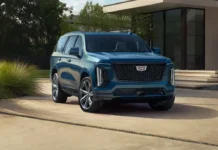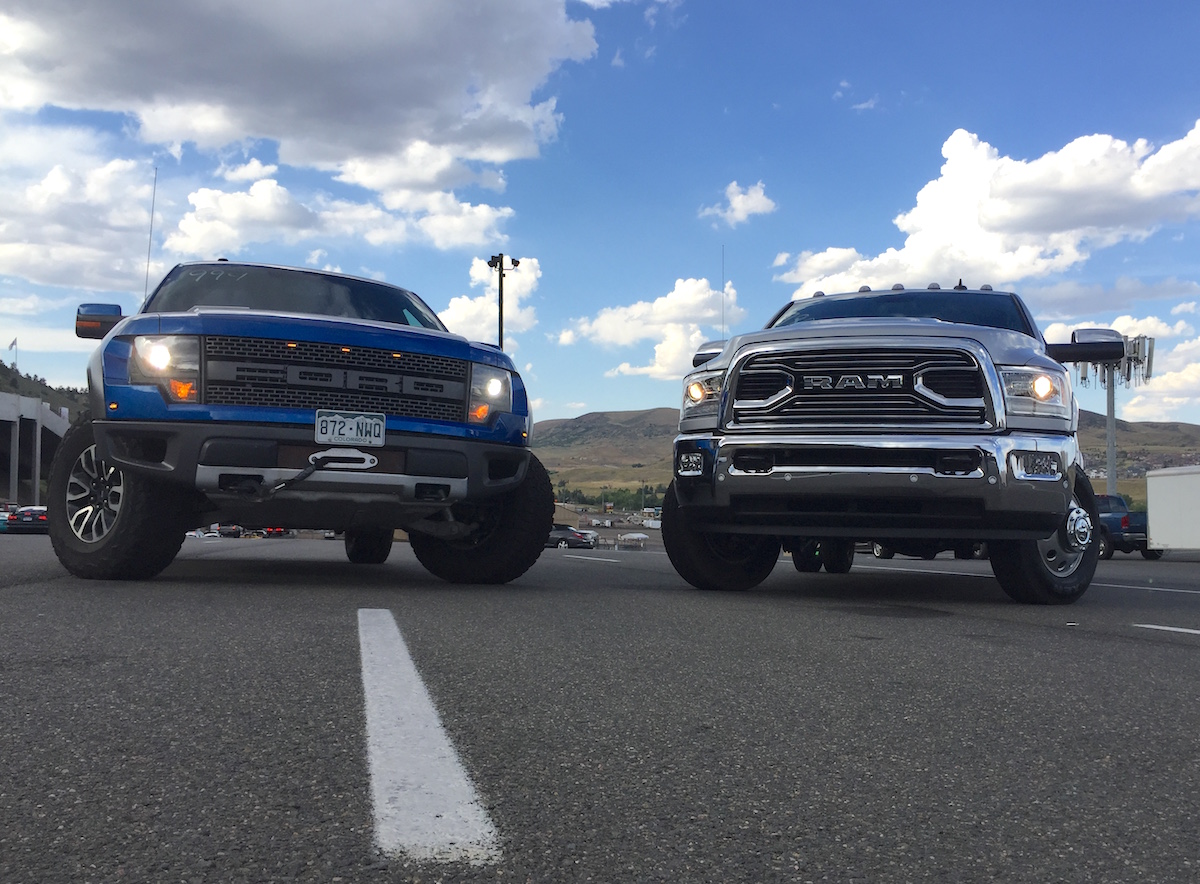
Meet the future of trucks, according to Tesla CEO Elon Musk. This all-electric design is going to upend the entire pickup landscape, he claims, as we pour over every conceivable, tangible detail we have so far. The Cybertruck supposed to start at just $39,900, it has more torque than a medium-sized aircraft carrier (or enough to pull an F-150, at least), gets up to 500 miles of range with the Tri-Motor model, and goes 0-60 in 2.5 seconds. It has adjustable air suspension, amazing approach and departure angles; it slices, it dices — in short, it’s going to change everything…right?
For its part, Tesla hasn’t really been forthcoming about specific details surrounding the production model beyond what we learned at its reveal last November. Now, though, Musk took to Twitter to dish a little more on the truck, answering some enthusiasts’ questions about just what is coming down the pike.
Our friends over at Autoblog caught this particular tweet giving something in the way of hard numbers on the upcoming Cybertruck. When asked about the biggest change to the design, Musk said the latest version is about 3 percent smaller. Considering it’s made out of stainless steel — it is supposed to be 9mm resistant, remember — that’s an important number to have. Even a small shrinkage should noticeably reduce the truck’s weight, which may benefit its payload rating, range and performance.
Ultimately, the Tesla Cybertruck is supposed to be available with three configurations from a single rear-mounted motor to a tri-motor all-wheel drive system. Tesla didn’t mention specific power figures, though we suspect it should be somewhere around 800 horsepower and 1,000 lb-ft of torque with the top-end model. Depending on whether it lands among half-ton or heavy-duty trucks, that makes it competitive at worst and hands down class-leading at best.
And that’s great, if you’re looking for a monstrously fast truck or a capable hauler.
For Cybertruck, it’s all about making the right compromises
So we’re square on performance, towing capacity and range. As we haven’t had the opportunity to test Tesla’s claims in real-world conditions, we’ll have to take the capability of their “Plaid” triple-motor powertrain at their word. More to the point, any weight reduction, lower sill heights and a lower center of gravity are good points all around.
An earlier Musk-ism is a bit more curious, depending on what part of the truck world you live in:
“We’re working on increasing dynamic air suspension travel for better off-roading. Needs to kick butt in Baja,” Musk said. That alludes to the claim that the finished Cybertruck will be available with adaptive air suspension. Tesla claims it will achieve up to 16 inches of ground clearance and have up to 35 degree approach and 28 degree departure angles. That puts it with the best off-road trucks around if that holds true in the production models.
Clearly, Musk has ambitions to enter the Cybertruck in the Baja 1000 off-road race. That would be fantastic to watch, if a team decides to enter one down the road — and we’ll definitely cover that over on TFLoffroad, if it does happen.
Should the Cybertruck be all things to all people?
Everything that’s been said about the Cybertruck sounds great so far. It’ll be an on-road ballistic missile and an off-road monster. It also laughs in the face of other electric cars needing to charge up every 500 yards, and it’s set up to tow like a road-going locomotive. The looks are just seem to be icing on the cake, so far as Musk is concerned. I won’t beat a dead horse there, though. You guys are way more creative in dissecting how it looks than I am:
But does the Tesla Cybertruck really need to kick butt at Baja?
Does it need to tow 14,000 pounds, and get 500 miles of range, and have a 3,500-pound payload, and resist gun fire all at the same time? To be clear, I totally understand that Elon Musk is more ambitious than most of us will ever be in our lifetime and Tesla has changed the game on electric vehicles through his ambition and salesmanship. When it comes to cars, as well, more of everything is the way to go, as that pulls people into whatever you’re trying to sell.
When you get into trucks, though, things get a lot more nuanced. Do you really want all the options, or just a basic work rig? Do you need something that can tow as much as possible, or do you want a vehicle that’s going to crush it off-road?
Focusing on one area typically makes that truck perform worse in another area. However, that’s why truck manufacturers have so many different versions of the same truck, from heavy-hauling heavy duty pickups to maneuverable, indomitable midsize off-roaders. Automakers build specialized trucks that are good at certain tasks because you, the truck buyer, demand it, and you all understand that the perfect truck is what’s right for you — not necessarily a one-size-fits-all solution.
Granted, there are multiple versions of the Cybertruck available in terms of electric motors. That will affect range and weight, and therefore will affect towing and payload capability. Perhaps Tesla will launch an off-road focused model down the line, and we may see a family of trucks emerge in the next few years.
If that doesn’t happen, we may end up with less choice when it comes to buying our trucks than we’ve known virtually as long as the pickup has existed. And I’m not sure building the perfect truck for everyone — if that’s truly Musk and Tesla’s goal — is an answer that will translate well to truck buyers.
Let us know what you think in the comments below!



















![Which is More Reliable: 3.5L EcoBoost or 5.0L V8? [Reader Question] Second-generation 3.5-liter EcoBoost engine](https://tfltruck.com/wp-content/uploads/2016/05/Second-generation-35-liter-EcoBoost-engine.jpg)
![Which Silverado Engine to Get: 5.3L or 6.2L V8? [Ask TFLTruck] 2016 chevy silverado](https://tfltruck.com/wp-content/uploads/2015/10/2016-chevy-silverado-grille.jpg)
